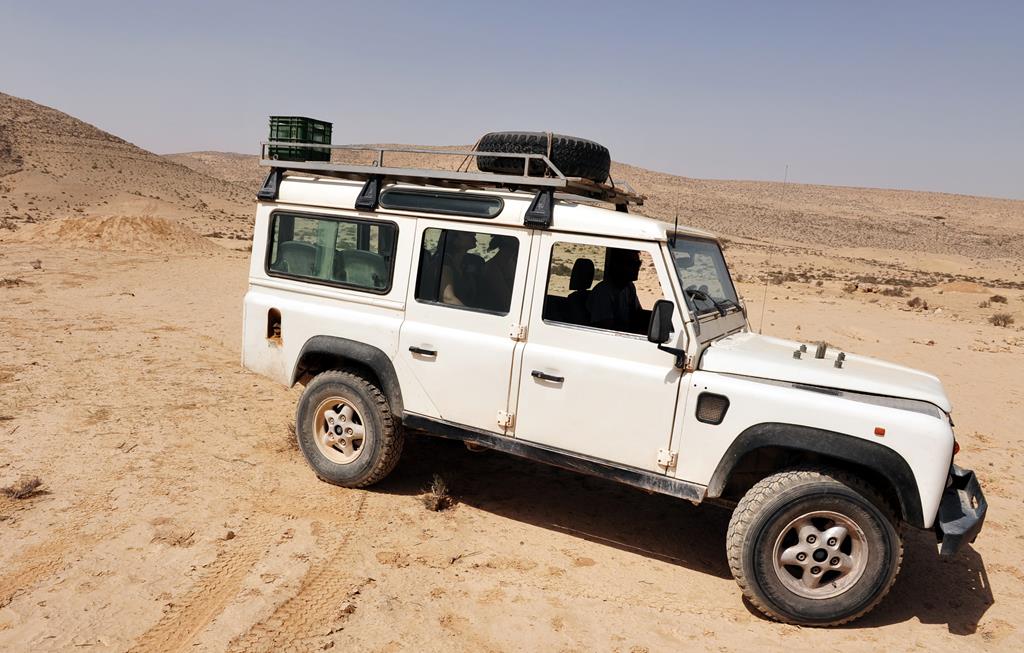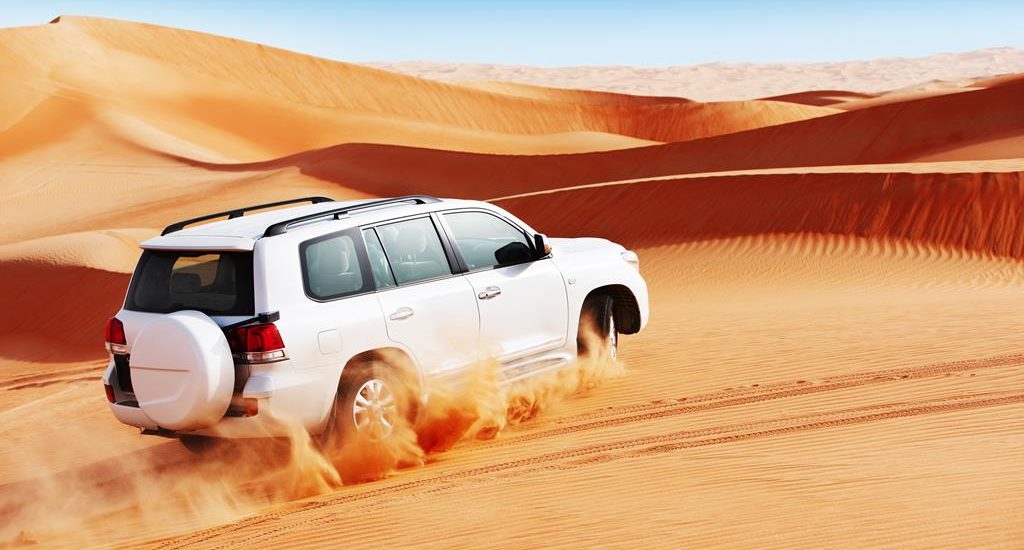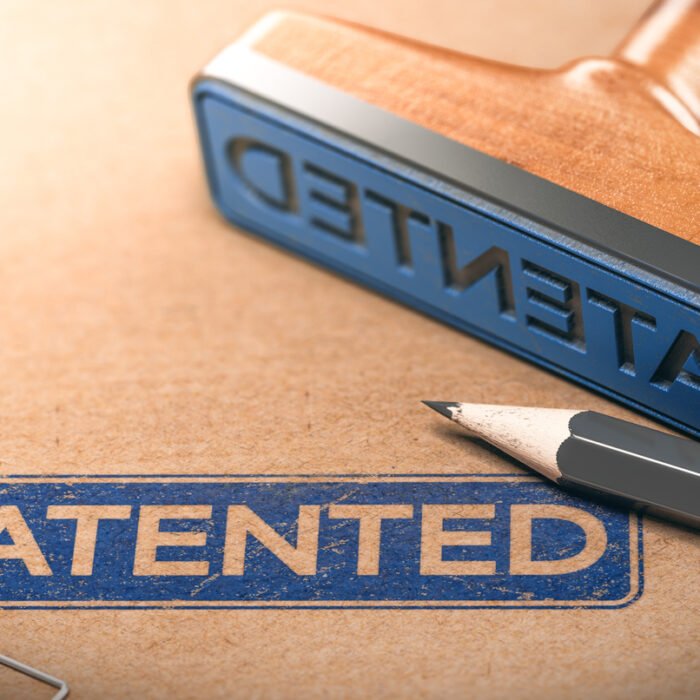A car trip in the desert
Traffic system in deserts
Deserts are places with extremely high temperatures and almost no vegetation. In summer the temperature varies between 50-60° С (in the daytime) and 5° С (at night). In this case the ground temperature can reach 70° С. In summer relative humidity in the daytime is very low and equals to 30-40%. Water sources are very hard to find. Mostly, these are the pits with limited water supply. Usually the water in these pits is not good for drinking or filling the engine cooling system.
Strong winds is one of the specific features of the desert terrain.
A desert terrain has poor road conditions. The traffic system is poorly developed, and off-road traffic is heavy. Desert roads have alkali, loess spots, as well as spots with blown sands.
The impact of desert environment on car operation
High temperature and dust level make it difficult to operate a car in desert terrain. When the temperature rises, air is getting less dense, petrol vapours start increasing in volume, so that combustible charge of smaller weight cylinders comes into the cylinders. It results in reduced engine power. High dust level leads to increased wear of motion work and other failures that affect the smooth running of the car.
In these conditions the engines wear out quickly due to dust abrasion that gets sucked with the air into the engine. Such a wear leads to reduced engine power, increased oil and lubricants consumption as well as early engine repair.

When the dust level is high, air cleaners of general design remain quite ineffective, quickly get clogged with the dust and after a long run stop cleaning the air that goes through them.
Driving cars on sandy ground requires skills and experience to get through the bottlenecks and move in reduced visibility.
Cars get through tracks with blown sands on low gear. Try to choose the direction where you don’t need to make sharp turns and shift gears. When a driver gets through sandy tracks of short length, he uses the inertia of his car. Sharp turns when driving on sand are not allowed, since in this case sandbars occur before the front wheels. As a result, a car gets stuck. If the wheels of your car plunged into the sand, try to dig them out of the front and rear tires and move forward. Otherwise, use means of improving the car passability in desert terrain.
Drive on hursts and sand dunes only after you have examined the terrain. Examine your driving direction while getting through saline lands. The car traffic on saline lands is as heavy as on the sands.
Safety instructions for the driver and passengers who travel in the desert by car
One of the distinctive features of traffic on earth roads in summertime deserts is a high dust level regardless of the wind. While driving high temperature and low humidity help to promote dense clouds of dust. Heavy concentration of dust in the air occurs when drive wheels shift loosely bound ground and the air swirls.
A normal level of dust on the roadside is 0.6-0.7 g/m3. When the road conditions are severe, it reaches 2-2.5 g/m3. When the transport column is driving on sand, the level of dust reaches 4 g/m3. It should be noted that if the level of dust is 1.5 g/m3 the road is not visible.
The dust content varies at different altitudes from the ground. At a height of 0.9-1.7 m the dust content decreases by 30-35%, at a height of 2.2 m — by 70-80% in comparison to the dust content directly above the road. Underhood space contains 20-35% less dust than at the same height outside.
While driving, the dust gets sucked into the engine with the air, penetrates gland seals of power transmission units and its cases, as well as steering linkage joints provoking excessive wear.
Thus, you should protect your car and its cabin from dust. In dusty air human performance significantly decreases.
If you travel in the desert when the temperature is high, think beforehand about additional measures to protect and tighten mechanisms, tools and devices from the dust and proper maintenance.

Do not forget about air-conditioning. Despite increased fuel consumption, air conditioner helps travellers to feel comfortable even if they travel across the desert in areas with high temperature.
Thank you for attention and don’t forget to obtain your International Driving Permit! It will make your life easier when travelling across deserts!





